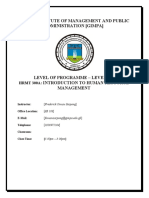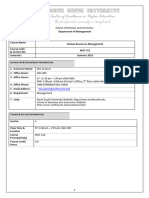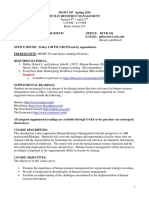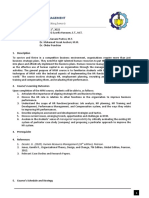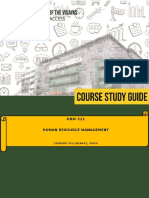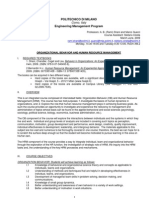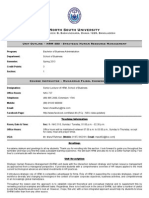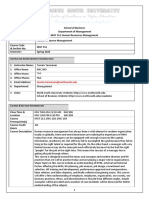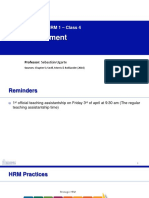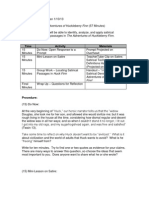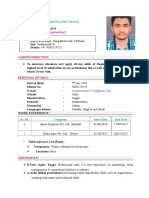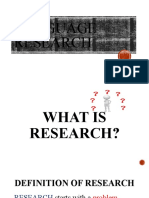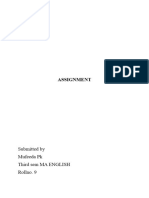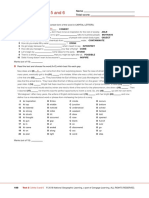0% found this document useful (0 votes)
60 views26 pagesIntroductory Class - Syllabus And: Methodology
This document provides an overview of the syllabus and methodology for the ENGEP305 HRM 1 class. It introduces the professor and outlines the online communication tools and class rules. The syllabus reviews key topics like the value of English skills in the labor market and what is human resource management. It describes the organizational project, learning goals, assessments including case study reports and presentations. Important dates are provided for project reports and presentations. The methodology emphasizes applying HRM practices through an organizational project, case studies, and discussions.
Uploaded by
CatalinaSaavedraCopyright
© © All Rights Reserved
We take content rights seriously. If you suspect this is your content, claim it here.
Available Formats
Download as PDF, TXT or read online on Scribd
0% found this document useful (0 votes)
60 views26 pagesIntroductory Class - Syllabus And: Methodology
This document provides an overview of the syllabus and methodology for the ENGEP305 HRM 1 class. It introduces the professor and outlines the online communication tools and class rules. The syllabus reviews key topics like the value of English skills in the labor market and what is human resource management. It describes the organizational project, learning goals, assessments including case study reports and presentations. Important dates are provided for project reports and presentations. The methodology emphasizes applying HRM practices through an organizational project, case studies, and discussions.
Uploaded by
CatalinaSaavedraCopyright
© © All Rights Reserved
We take content rights seriously. If you suspect this is your content, claim it here.
Available Formats
Download as PDF, TXT or read online on Scribd
/ 26




